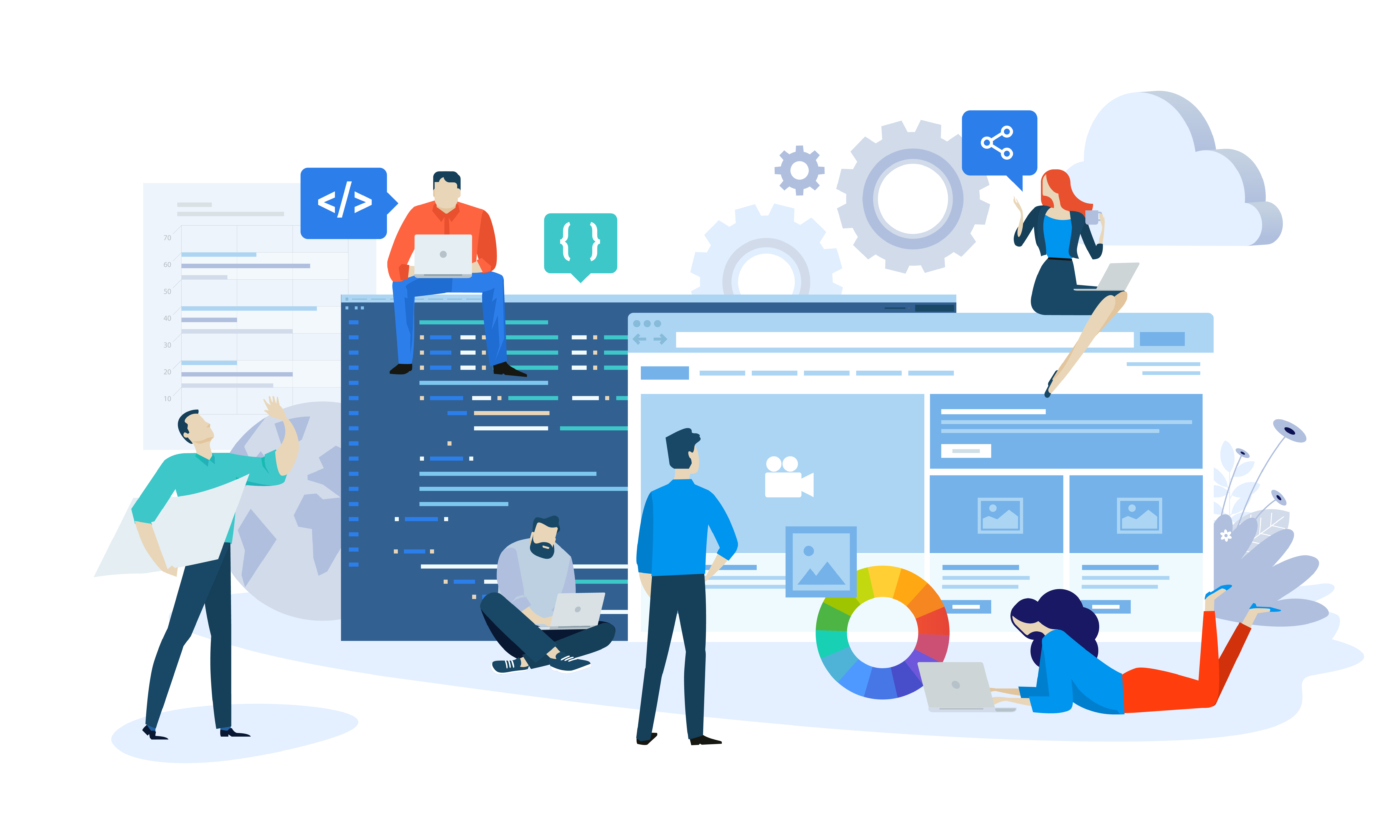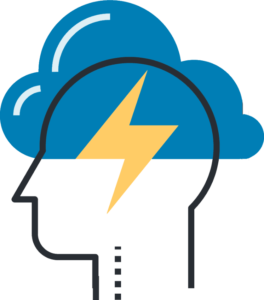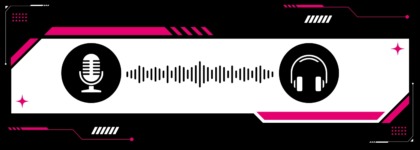Where Does Accessibility Fit in the Development Process?
Updated: July 21, 2021
Developing a product is no small feat. Often, there are many things to consider. One thing you don’t want to forget about is accessibility. When you incorporate accessibility into the product development process from the beginning, you end up with a better product for everyone.
In the webinar Integrating Accessibility into the Development Process, Monica Gaines and Michele Van Dooze from Oracle provide practical advice for developing accessible Information and communications technology (ICT) products.
Below, they answer some of the most critical questions about how to incorporate accessibility into the product development process.
Do you have favorite tools you use when designing or developing new accessible products?
MONICA GAINES: From a User Experience (UX) perspective, I know there are many different tools out there. Unfortunately, most of them don’t really output accessible information. I think that you need to do a few things. I’ve seen some annotations where, OK, this screen does this, and these are features that you might need or attributes you might need to set for accessibility.
There are some plugins that have a color contrast tool on it so that you can go and do some accessibility testing on your designs itself. But it definitely, the onus is to make sure that you are documenting. And don’t forget keyboard [navigation]. That’s really key in your designs themselves.
Do you test products with users who have a disability?
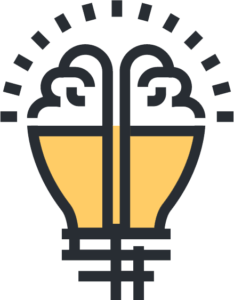
MICHELE VAN DOOZER: It should be mandatory that some sort of assistive technology is used during testing. But yeah, if it can be done by a person with a disability that’s familiar with the tool, that is the best because that’s where the rubber meets the road.
What were your operational considerations for deciding on your current workflow?
MICHELE VAN DOOZER: Most of it is looking at what the different product teams have already done because if you go in and try to get them to just, you know, forklift change everything, you’re not going to get buy-in. So your biggest thing is to go to your teams and find out what their workflow is, and work with them to make sure accessibility is added in the appropriate places.
In a world where you have no team, what can you still accomplish, and how?
MICHELE VAN DOOZER: The best thing is to do a grassroots within the product teams.
If, say, you have a scenario of you have nobody in your group that’s a person with a disability, learn how to use some assistive technologies and then start doing demos with your teams to show them, hey, are you aware this is how your product works or does not work well with an assistive technology?
So often, we’ll approach people that are new to accessibility that think, you’re just another requirement, why do I have to do this, I’ve got all these other, you know, higher priority items. But if you start doing a demo and really walking through with them and showing them here’s why we’re asking for what we are asking for, all of a sudden it’s like a light bulb moment, and they realize, well, first of all, it wasn’t really that hard to fix what you’ve asked for. If you catch them at the beginning, it’s easy to add it from the get-go. A lot of the time, it’s just working with the teams to get some empathy going, and you’ll get really good results.
A lot of the time, it’s just working with the teams to get some empathy going…
MONICA GAINES: The demo part is pretty key. We recently were demoing a page that we had where we had the users who had never used the screen reader before try and navigate using a keyboard to that particular field, and how they would go listening to it and enter those things. And there were definitely some “aha” moments for them. These were some UX designers, that they had not actually tried to do it. So they’re going to look at how they utilize those components differently, or how they design them differently based on that information.
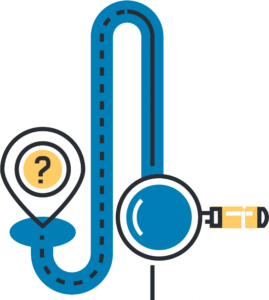
And believe me, you’re going to have to stand there and really keep on them about don’t touch that mouse. And you know, it might take them a good 10 minutes to just find the flight. And we turn it into a joke going, so how easy was that? Well, let’s now try it without the screen. Let’s turn on the screen reader and see if you can do it again. And all of a sudden, it really gets people going, well, you know, I couldn’t hit this part of the page. Yeah, because it was coded wrong. So all of a sudden, you know– getting people hands-on really starts to get people involved.
What should everyone do on day one when implementing accessibility?
MICHELE VAN DOOZER: People need to be educated. Start at the beginning. You can’t do it unless you understand what accessibility is to start with your training and, you know, hopefully, get it at the beginning of your product development, back at the UX time.
MONICA GAINES: Yeah. I’ll add a little bit to that. If you’re a developer and you actually have some tools, get the easy items out of the way first. Make sure that all of your fields have associated labels, your images have alt text. I mean, there are some standards that are so easy to implement that, if you get those out of the way from the beginning, you can concentrate on the harder things, like using it with the keyboard and do you have correct focus. So definitely educate, and then, you know, at least from development, make sure you kind of get the low-hanging fruit, so to speak.
MICHELE VAN DOOZER: By getting the low-hanging fruit, you build credibility for accessibility of your product, because if you say I’ve done all the hard stuff but you’ve skipped the simple things, people are going to look at it and go, wait a minute, you didn’t even do the easy part. Why should I believe you that you did the hard stuff the right way?
How have you found that accessibility features improve the experience for all users?
MICHELE VAN DOOZER: Oh, yeah. Including accessibility from the beginning, it makes it a more usable product for everybody because you’re taking the time to think through how stuff works instead of– you know, the worst case is when you get a bunch of different engineers putting together their different opinions on stuff and things working inconsistently because you glued together a bunch of different products. That’s horrible. But if you think things through and make it accessible and do things consistently, it’s improving it for everybody.
What tips or tricks have you learned along the way for getting budget or buy-in for accessibility initiatives?
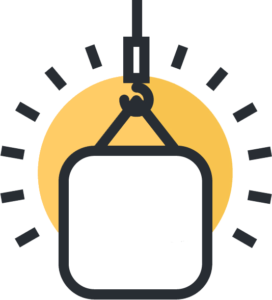
But if you’ve got a product that is ahead of the game on that, it clearly– if you’re selling to the government and if the agency is following the rules the way they’re supposed to, they’re supposed to buy the most accessible product, regardless of price. So you know, as I said, it could be a big product differentiator. But if you have to start small with a small budget, go for it and show how this is going to improve things.
Watch the full webinar below to uncover more tips on incorporating accessibility in the development process!
Further Reading

Subscribe to the Blog Digest
Sign up to receive our blog digest and other information on this topic. You can unsubscribe anytime.
By subscribing you agree to our privacy policy.


